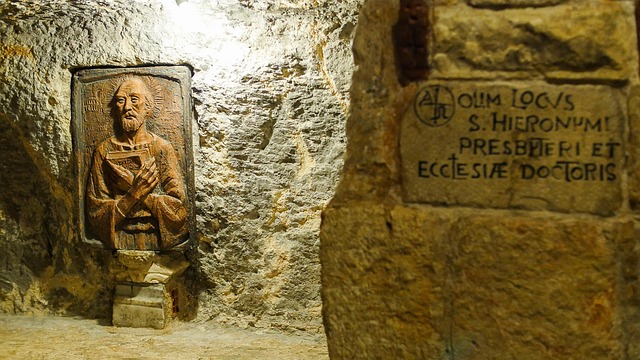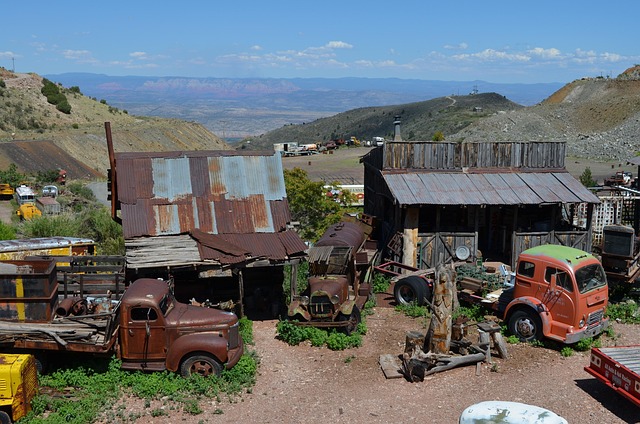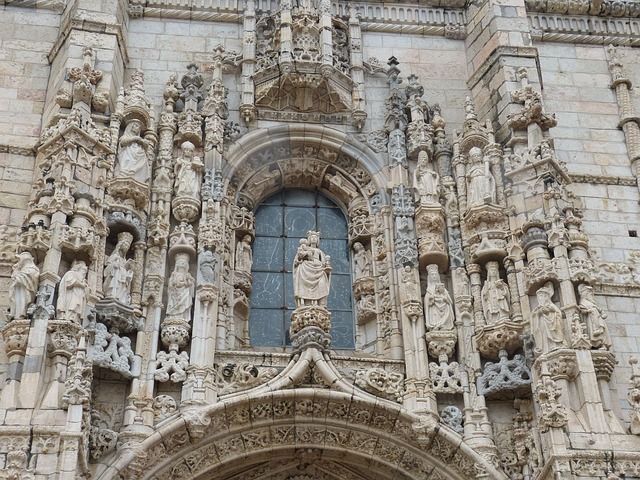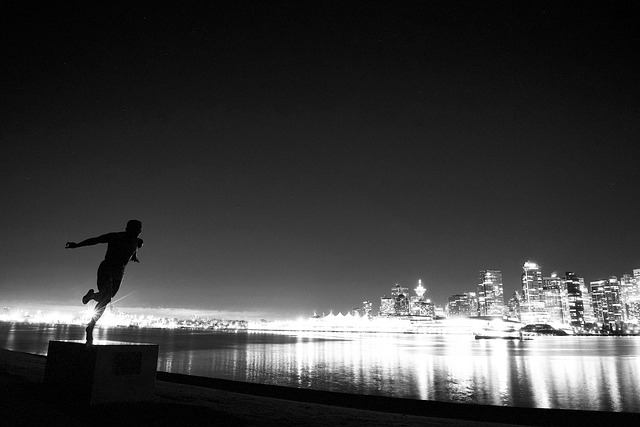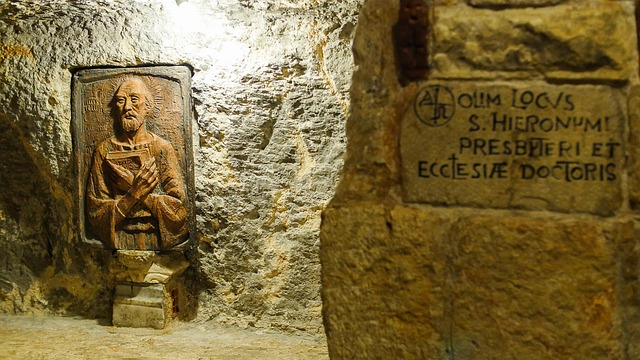Tourism-driven cities worldwide are revitalizing urban areas through strategic real estate investments in creative hubs, attracting artists, designers, startups, and culture enthusiasts. This symbiotic relationship between tourism and creativity fosters economic growth and enhances urban appeal. By transforming underutilized spaces into vibrant creative hubs, integrating modern amenities, and offering incentives like tax breaks, cities can build dynamic, culture-centric destinations. Urban planners must balance development with artistic preservation to mitigate gentrification, preserving historical architecture and supporting local talent for a thriving cultural scene that attracts both creatives and tourists.
In today’s globalized world, tourism-driven economies are evolving with a creative flair. Cities are transforming into vibrant hubs, attracting artists, startups, and cultural businesses through unique real estate strategies. This article explores how destinations leverage their artistic vibrance to foster economic growth. We delve into the rise of creative clusters, real estate techniques to entice talent, and the delicate balance between urban development and preserving a city’s soul, all while highlighting the power of tourism in nurturing a thriving creative scene.
The Rise of Creative Hubs in Tourism-Driven Cities

In recent years, tourism-driven cities have witnessed a surge in the establishment of creative hubs that are revitalizing urban landscapes and fostering economic growth. These vibrant spaces, often located in previously underutilized or neglected areas, serve as magnets for artists, designers, startups, and culture enthusiasts. The transformation of these regions into dynamic creative centers is driven by strategic investments in real estate, where historic buildings are meticulously restored, and modern amenities are integrated to cater to the unique needs of creative industries.
This trend not only injects new life into urban areas but also strengthens their global appeal. Creative hubs attract tourists interested in immersive cultural experiences, inspiring them to visit and prolong their stay. The synergy between tourism and creativity creates a positive feedback loop, where artistic activities stimulate local economies, and visitors are drawn to the unique character these cities offer, further fueling real estate development and infrastructure enhancements.
Real Estate Strategies for Attracting Creative Industries

Attracting creative industries is a strategic move for cities aiming to build a tourism-driven economy. Real estate plays a pivotal role in this transformation, offering unique opportunities to cultivate an innovative ecosystem. One effective strategy involves transforming underutilized urban spaces into vibrant hubs for creatives. This could include revitalizing historic buildings or industrial areas, providing affordable lofts and studios that foster collaboration and inspire artistic expression.
By integrating creative spaces within diverse real estate developments, cities can create a magnet for talent and businesses alike. Offering incentives such as tax breaks and subsidies to encourage the relocation of creative industries can further strengthen this strategy. This approach not only revitalizes urban landscapes but also positions the city as a dynamic, culture-centric destination, thereby boosting tourism and local economies.
Balancing Urban Development and Preserving Artistic Vibes

In the pursuit of a tourism-driven economy with a creative vibe, cities must navigate the delicate balance between urban development and preserving their artistic essence. As real estate becomes ever more valuable, the risk of gentrification looms large, threatening to displace independent artists and cultural hotspots that define a city’s unique character. To mitigate this, urban planners can implement strategies that integrate artistic spaces into new developments, ensuring a harmonious coexistence with residential and commercial areas.
Preserving historical architecture and revitalizing underutilized spaces can create diverse, inspiring environments where artists thrive. Policies that support affordable housing for creatives, alongside initiatives fostering public art installations, can help maintain the vibrancy of a city’s cultural scene. This symbiotic relationship between urban progress and artistic preservation is key to cultivating an economy that not only attracts tourists but also nurtures local talent and fosters a sense of community.
